
LS7-powered Superlite SL-C
As Told by Will Campbell
Photos by Austin Neff and Steve Temple
What boy hasn’t spent hours doodling their ideal car in their notebooks at school? I was certainly guilty of that, and filled my notepads with my ideas of what the coolest ever cars would look like, usually at the expense of my grades in math class.
Unlike many kids, I was able to keep that schoolboy flame alive over the years, and build a car that was a reflection of not just the youthful drawings of the past, but was also informed by the experiences of adulthood.
The path I chose began with a component car from Superlite Cars, (owned by Fran Hall of Race Car Replicas), both based in Fraser, MI. I’d seen the SL-C model morph from a rough prototype at the annual Carlisle Import and Kit show, to a very well-engineered and designed car. So I purchased one of the earlier car kits, and set to work.
The plan was to build a simple car, so I could enjoy driving it right away, and modify it over time. But, as a famous military strategist once said, “No battle plan survives contact with the enemy.” (Or in this case, a “frenemy.”) As I started building it, I found that I “needed” to improve it as I built.
I began with the drivetrain, and as a long-time fan of things German (having owned VWs, Audis and Porsches for almost 40 years at the time), I initially wanted to install a V8 from the Cayenne Turbo, or an Audi 4.2 V8, or maybe even a 5.0L V10 TDI from a Touareg. But as I kept thinking about it, the ubiquitous LS series engines from GM always came up as the lightest, most powerful and least expensive choice.
So I bought a new LS7 crate engine, and had Diamond forged pistons installed by Thomson Automotive (now part of Lingenfelter). Other items such as a custom exhaust and intake, along with a mild tune, produced about 550 horses, plenty for a car that weighs about the same as a Miata. A three-gallon dry sump tank and breather from Peterson finished off the engine.
Making that much power meant that I’d need a stout transaxle. And as I had plans for even more power later, I wanted one that had a lot of headroom. Coincidentally, at that time the new 2005-2006 Ford GT had just gone through a batch of improperly heat-treated bolts that held the drive bell on the transaxle. When the drive disappeared on these expensive cars due to the bolts breaking, many well-heeled GT owners insisted that Ford just replace the transaxle with a new one.
Ford eventually did so, and thus a series of “broken” transaxles ended up lollygagging about in some dealer stockrooms. With the help of Superlite Cars, I was able to get one of these units for my SL-C. Later sent to a race shop that specializes in these exotic units, it was checked, the gears REM polished (isotropic micro-finishing) for reliability and less power loss, and the whole unit reassembled, with new ARP bolts and washers for the transaxle drive bells.
Connecting the Chevy engine to a Ford transaxle was easier than I anticipated: Superlite had already figured it all out, and provided a custom adapter plate, and a bespoke flywheel needed to make the Ford/Chevy marriage complete. The custom flywheel allowed the use of the stock Ford GT twin-disc clutch, and I found a NOS GT shifter to ensure I had the complete OEM shifting feel.
Once the drivetrain was figured out, assembly on the SL-C began. Then stopped, and began again, as life took over. I stopped and started on the car several times as work and home life interfered. But the periods of inactivity on the car really weren’t wasted. I got to spend much time thinking about the car, and began to visualize it more clearly, and in more detail. As I did in school, I sometimes took a few moments at work to sketch out an idea or make a note!
When I resumed work on the car in earnest, contrary to my initial plan, I decided that I needed to make the car my own from the beginning, so I started to go off-piste and remake portions of the car my own.
Starting with the AC system, my car had the original setup with an externally mounted evaporator, and I wanted to do it differently, so with the help of a couple of other car builders, we came up with a different evaporator that was mounted inside the car. In retrospect, it wasn’t that hard, but in the process I learned a lot about how automotive AC systems worked. Over time, the kit from Superlite evolved, and now the current cars have an AC evaporator similar to the one on my car!
After the AC system, I started modifying things in earnest, from a new wiper system, to planning for a sophisticated electrical system. The SL-C, unique among component cars, comes standard with a modern electrical system and specific harness from Infinitybox. This system dispenses with the traditional central fusebox idea as implemented from the 1930s, and implements a system based on microcontrollers, distributed power boxes, and a CAN bus to connect them, just like most modern cars. And, just like modern cars, the Infinitybox system can be expanded to do so much more.
My car has the company’s optional InReserve kit to help preserve battery life, and also its InTouch Net module, that provides an integrated webserver and wifi network which allows any device with a wifi connection and a browser to control the car. So I can set the security function on and off, start and stop the car, manage the lights, horn, siren and a host of other functions, right from my smartphone or tablet. I’ve also taken advantage of the expandability of the system to add another power distribution box for a total of 30 power circuits.
Eventually I reached a point where the car needed to be painted, and took it to a small shop in Connecticut that specializes in cars like this one. The shop owner and I both worked on the car there for some time, it made its first start, and got a great paint job in Porsche Riviera Blue.
After trailering the SL-C back to my garage, it got more finishing details, and prepped for the interior, with more electrical work, including the addition of electrically operated doors. The interior was important to me, as it was what you saw and touched when you were driving the car. It was also where so many component cars are let down.
So I developed a 25-page interior design document and hit a few interior shops. The shops varied tremendously—a few really good ones, but mostly just the typical convertible top and repair places. I finally found two good shops, and based on progress on a similar car, chose one. During the time it was in the interior shop, my car was invited to the Concours D’Elegance of America at St. Johns in Plymouth, MI. The invite was contingent on a finished car, of course, so now the shop had a hard deadline. Many late nights ensued and two days before the event, the interior was finished enough to take to the show, where it was shown in the Supercar class with great success.
The interior features Tillett B5 carbon fiber seats on custom brackets, mounted to sliders to accommodate different drivers. The sliders sit on a dropped floor that is carefully disguised by padding and carpet. The seat brackets have aluminum covers made on a hammer form, with bead-rolls and a leather cover. Even the custom-specified hybrid Schroth seatbelts have leather covers for the exposed outer lap belt fasteners. The shoulder belts come through mildly frenched billet openings in the bulkhead. The sub-belt attaches to a rod on the seat brackets, in the manner of some race cars, so the it doesn’t need to be adjusted when moving the seat.
The seats are upholstered to match the rest of the car, with Porsche leather and/or black Alcantara covering every panel in the car. White thread was used for stitching as an accent color.
LED lights in the footwells, roof panel, door panels and behind the seats are controlled by a dimmer. AC controls are aftermarket aluminum knobs from eBay for a VW Jetta, and are hidden, yet accessible to the driver and passenger.
All other switches are hidden under compartments under the doors with tambour doors that open for access. The switches are all Carling modular units with custom covers, and control the electric doors, emergency flashers, the wifi module, an electric handbrake, rear fans, a hydraulic lift kit for the front end, the dimmer for the LEDs, and several other functions.
For steering, a modified Corvette C6 steering wheel on a Cadillac XLR column with electric tilt and tele was interfaced to the radio, including making the horn and audio controls work correctly. The Samsung Galaxy tablet, mounted in the center stack, feeds a hidden 1-DIN radio, which drives a 320W amplifier, powering a JL sub in the passenger footwell, and Focal separates in the doors. The tablet not only provides music, but also navigation, access to the internet (it has its own SIM card), and apps such as Torque and Dash Command that display data from the engine via a Bluetooth-enabled OBD2 dongle.
In the headliner, an electrically controlled drop-down touchscreen monitor displays camera output from either the rear-view camera mounted in the sharkfin, or a backup camera mounted on the wing support.
Custom chassis rail covers with the car’s logo match the heel pad, and logo-engraved aluminum pedal covers are on the Tilton pedals.
It’s not all about the interior, though. This SL-C has lots of power, and so the car has six-piston brakes front and rear to help haul it down, with two-piece rotors for less unsprung weight.
To keep the car on track and stuck to the pavement, it also has a deeper, carbon-fiber track splitter, as well as the standard side skirts, but also in carbon. At the rear, the standard aluminum diffuser is supplemented with the optional carbon fiber wing. In concert, they offer plenty of downforce at speed.
Some of my doodles over the years were race-inspired, so when I had a chance to add center-lock wheels from Superlite, I jumped at that. Based on the Forgestar line of rotary-forged wheels, Superlite takes un-machined wheel blanks from Forgestar and does final machining in-house, using Haas CNC centers. The wheels need adapters to convert from five normal studs to one very large wheel nut, so Superlite machines the adapters from a steel billet, and even machines the matching nuts in aluminum!
The car is mostly finished now, and like the doodles drawn by a schoolboy, it has changed over time. It may not look much like the cars I drew in class in my youth, but it still looks like a really cool car to me!

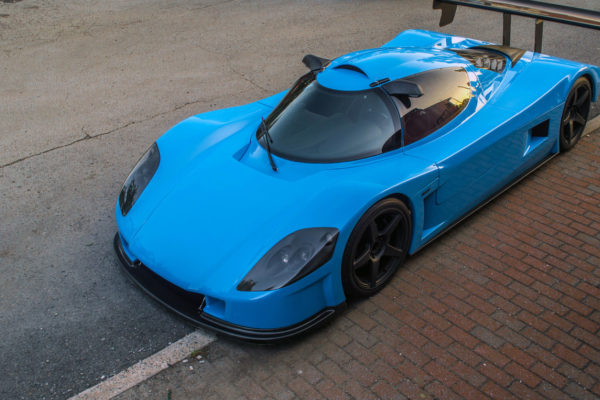
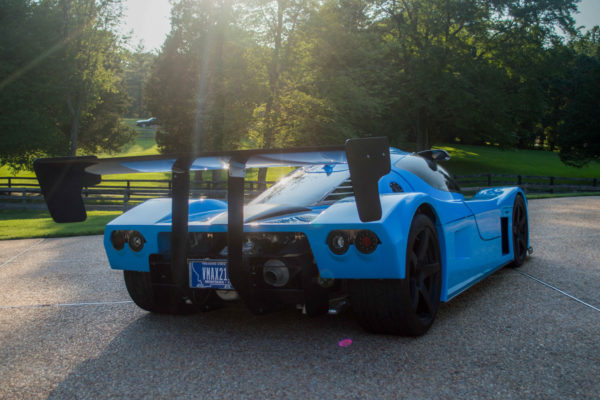
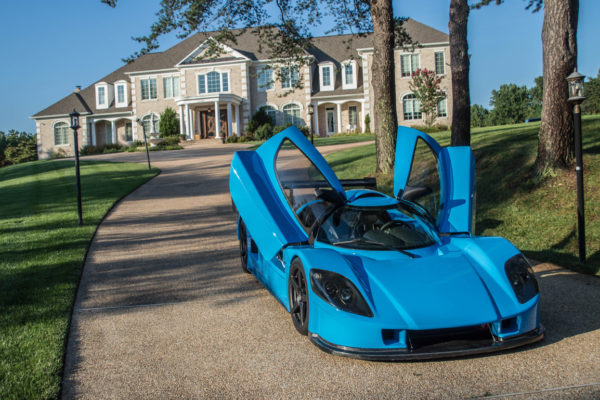
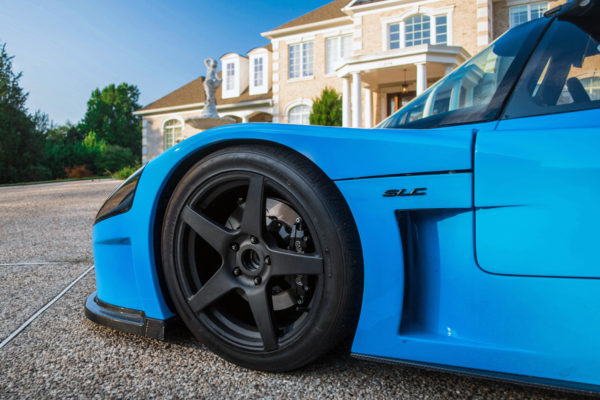
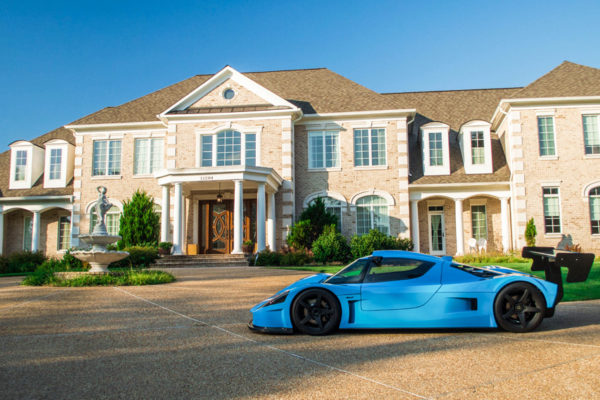
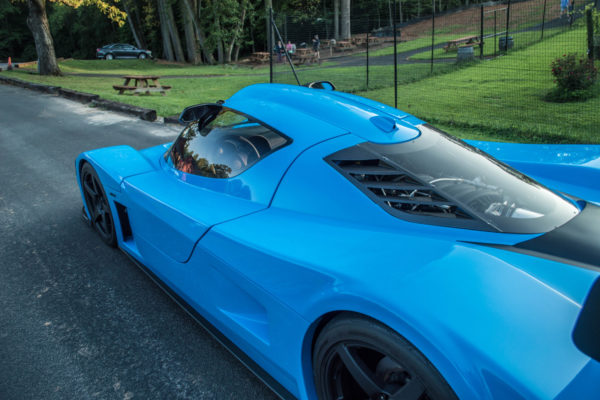
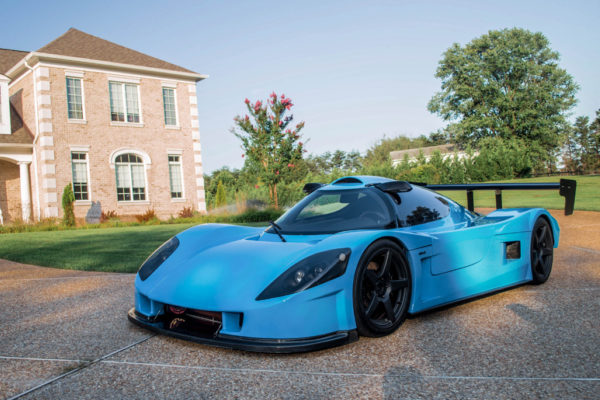
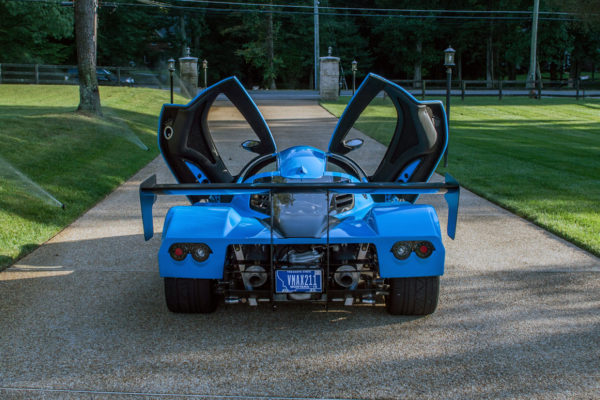
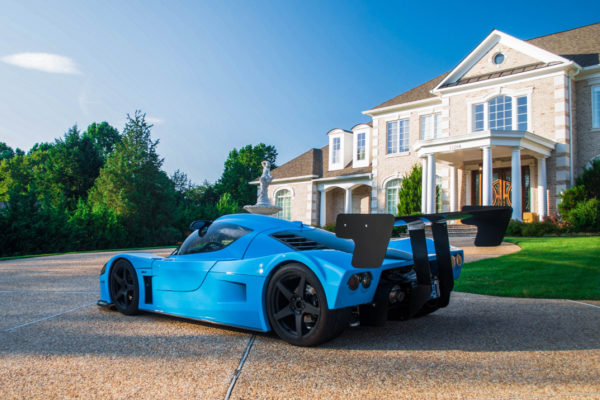
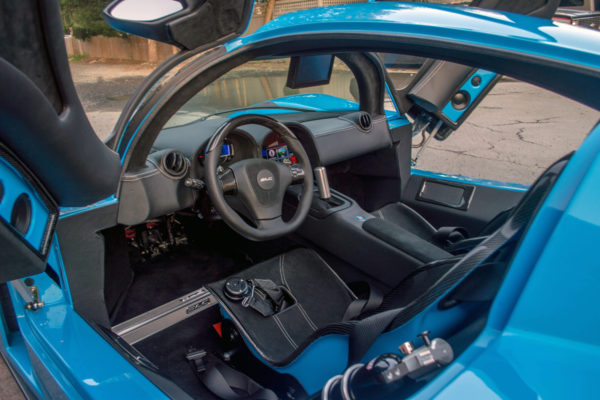
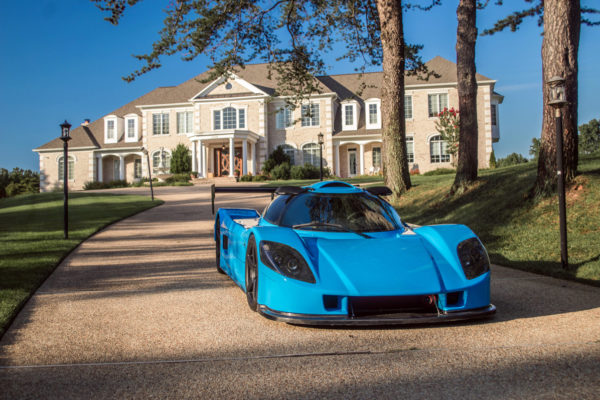
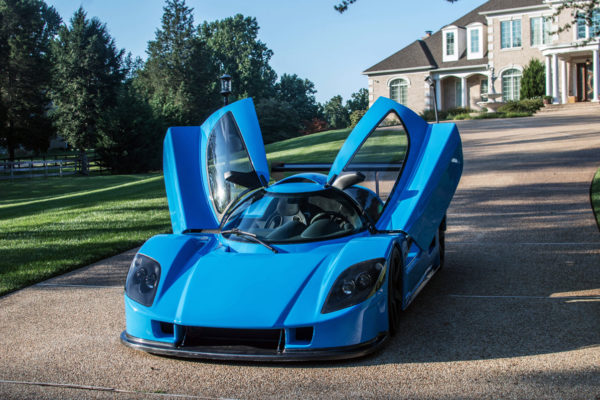
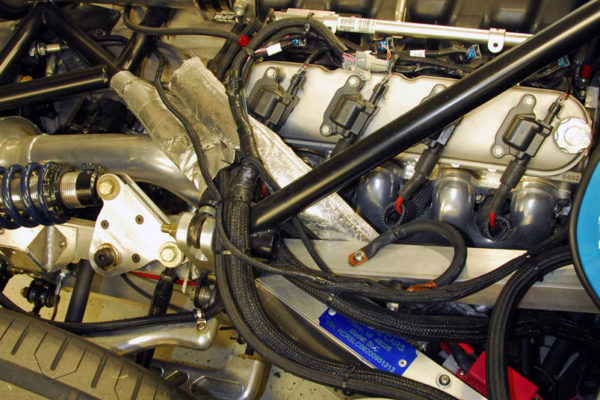
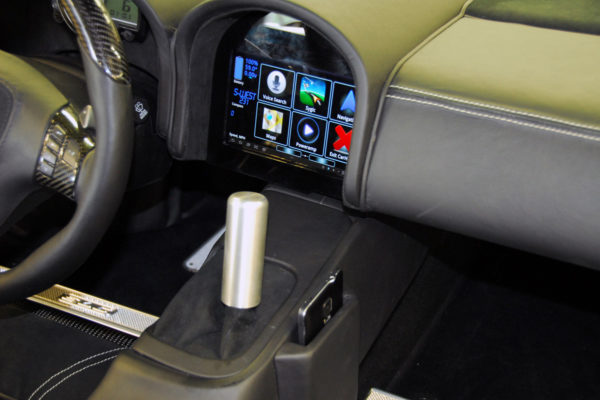
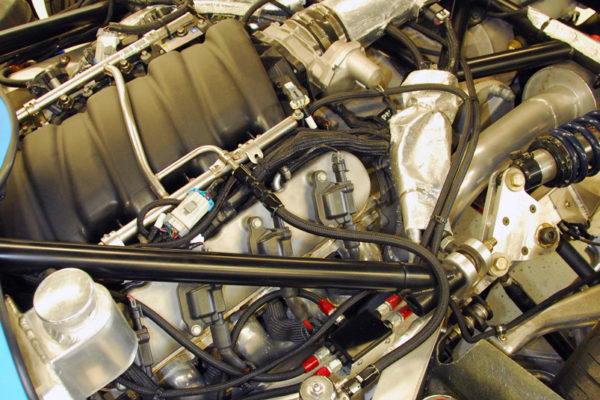
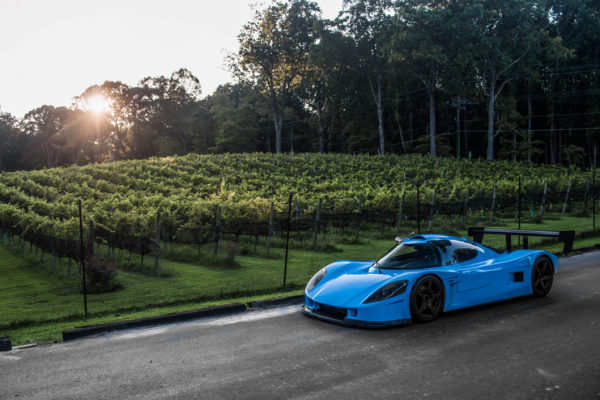
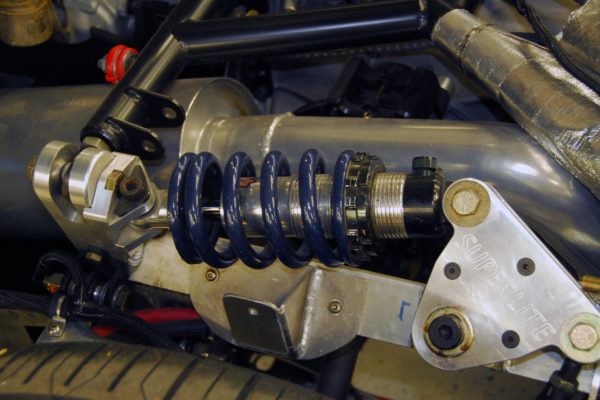
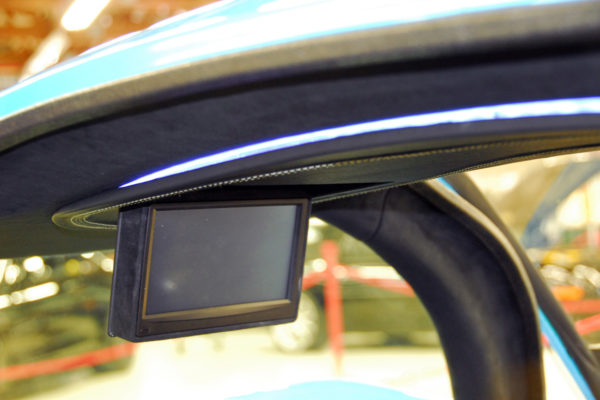
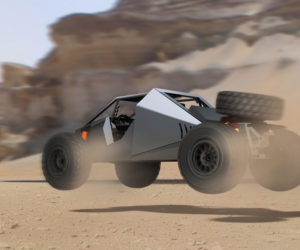
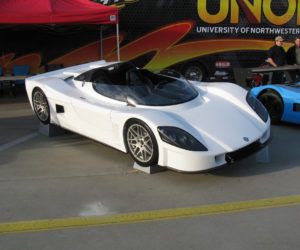
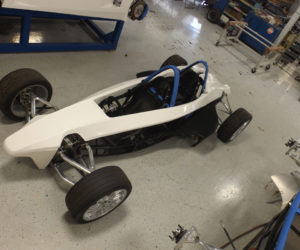
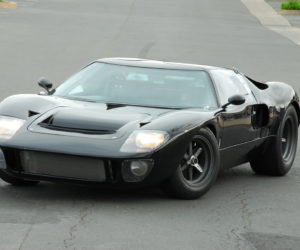
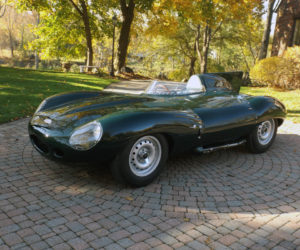





Comments for: Higher Learning
comments powered by Disqus